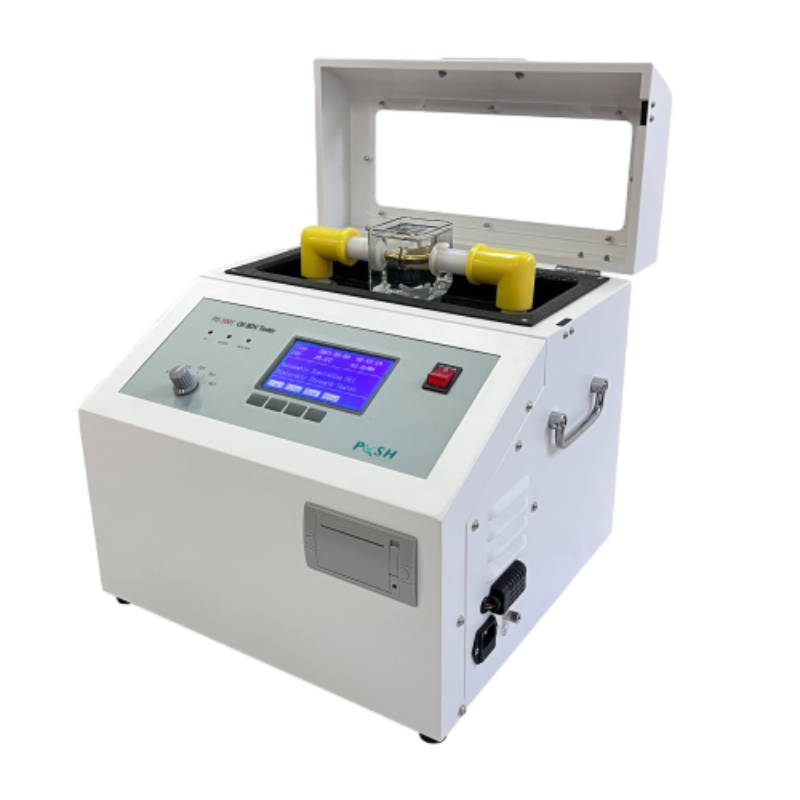 English
English


Innovative Techniques in Potentiometric Auto Titration for Enhanced Analytical Precision and Efficiency
Understanding the Potentiometric Auto Titrator A Precision Tool for Chemical Analysis
In the realm of analytical chemistry, the potentiometric auto titrator stands out as an indispensable instrument for quantitative chemical analysis. This sophisticated device facilitates the precise determination of the concentration of unknown substances through titration—a method that involves the gradual addition of a titrant to a solution until a reaction is complete. Here, we will delve into the workings, advantages, and applications of potentiometric auto titrators.
A potentiometric auto titrator operates on the principle of measuring the voltage change in a solution as a titrant is added. The device typically comprises a burette for dispensing the titrant, an electrode for measuring the potential, and a computer or microcontroller to process the data. During the titration process, the electrode measures the potential difference created by the ions in the solution in response to the titrant addition. This potential change is plotted against the volume of titrant added, resulting in a titration curve that clearly indicates the end point of the reaction.
The advantages of using a potentiometric auto titrator are manifold. Firstly, the precision of measurement is far superior to manual titration methods, significantly reducing human error. This accuracy is crucial in industries where even minor discrepancies can lead to significant economic implications, such as pharmaceuticals, food and beverage, and environmental monitoring. Furthermore, the auto titrator can be programmed to perform multiple titrations automatically, enhancing efficiency and allowing for high-throughput analysis. This automation also means that technicians can focus on analyzing and interpreting results rather than on the tedious process of manual titration.
potentiometric auto titrator

Another compelling aspect of potentiometric auto titrators is their versatility. They are suitable for various types of titrations, such as acid-base, redox, and complexometric titrations. This adaptability makes them valuable across different fields, including academia, research, and industry. For instance, in a pharmaceutical laboratory, a potentiometric auto titrator can be employed to determine the concentration of active pharmaceutical ingredients in formulations, ensuring that products meet stringent regulatory standards. In environmental science, these instruments can help analyze water quality by determining the concentration of pollutants or nutrients.
Moreover, modern potentiometric auto titrators come equipped with advanced features like data logging, statistical analysis, and user-friendly interfaces that simplify the titration process. Some models even enable remote operation and data access, allowing for real-time monitoring and analysis. This technological integration not only improves productivity but also enhances data reliability, making it easier for scientists to draw conclusions from their experiments.
Despite their advantages, users must consider certain factors when utilizing potentiometric auto titrators. Proper calibration of the device is essential to obtain accurate results, requiring regular maintenance and quality control procedures. Additionally, understanding the chemistry of the titration reaction is fundamental for interpreting the results correctly; false conclusions can arise if the user is unaware of the specific reaction mechanisms at play.
In conclusion, the potentiometric auto titrator is a powerful tool in the field of analytical chemistry, offering precision, efficiency, and versatility. Its ability to automate the titration process while providing accurate and reproducible results makes it a preferred choice in laboratories around the world. As technology continues to advance, the capabilities of potentiometric auto titrators will likely expand, further solidifying their importance in scientific research and industrial applications.
-
Differences between open cup flash point tester and closed cup flash point testerNewsOct.31,2024
-
The Reliable Load Tap ChangerNewsOct.23,2024
-
The Essential Guide to Hipot TestersNewsOct.23,2024
-
The Digital Insulation TesterNewsOct.23,2024
-
The Best Earth Loop Impedance Tester for SaleNewsOct.23,2024
-
Tan Delta Tester--The Essential Tool for Electrical Insulation TestingNewsOct.23,2024





